How to Safely Return to Exercise After a Heart Procedure
- 1 - The Importance of Exercise After a Heart Procedure
- 2 - Getting Medical Clearance and Understanding Your Limits
- 3 - How to Start Exercising Safely
- 4 - Recommended Exercises for Heart Patients
- 5 - Real-Life Stories of Recovery and Success
1 - The Importance of Exercise After a Heart Procedure
After a heart procedure, whether it’s a bypass surgery, stent placement, or valve repair, physical activity plays a crucial role in recovery. Exercise helps strengthen the heart muscle, improves circulation, and enhances overall energy levels. However, returning to exercise must be done carefully and under proper supervision to prevent complications.
Many patients fear physical activity after surgery, worried that it might put too much strain on their heart. In reality, when done correctly, regular movement helps restore strength and boosts mental well-being. Exercise also improves cholesterol levels, reduces blood pressure, and helps control weight—all vital for preventing future heart problems. Clinics like HeartCare Hub often provide resources and guidance for creating a personalized recovery plan to help patients return to exercise safely.

2 - Getting Medical Clearance and Understanding Your Limits
Before starting any post-procedure exercise, obtaining medical clearance is essential. Your cardiologist or rehabilitation specialist will evaluate your current condition and may recommend tests such as a stress test or ECG to determine safe activity levels. This step helps set realistic goals and avoid overexertion.
Most patients begin their recovery journey in a supervised cardiac rehabilitation program. These programs are designed to gradually rebuild stamina and confidence through structured exercise routines and medical monitoring. Patients learn how to recognize warning signs—such as chest pain, shortness of breath, or dizziness—that indicate they should stop exercising immediately.
Understanding your limits is key. Every patient’s recovery timeline is different, and it’s important not to compare progress with others. What matters most is consistency and following a pace that aligns with your doctor’s advice.
Atlanta Heart Specialists
atlanta heart specialists
4375 Johns Creek Pkwy #350, Suwanee, GA 30024, USA

3 - How to Start Exercising Safely
Once you’ve been cleared to exercise, the focus should be on gradual improvement. Start slow—walking is often the first recommended form of exercise after a heart procedure. Begin with short sessions, around 5–10 minutes a day, and increase the duration as your endurance improves.
It’s important to warm up and cool down with gentle stretches to reduce strain on your heart and muscles. Over time, you can incorporate low-impact activities such as stationary cycling or swimming, which strengthen your cardiovascular system without placing too much stress on your joints or heart.
Listening to your body is critical. Any discomfort, unusual fatigue, or irregular heartbeat should be taken seriously. Keep track of your heart rate and note how you feel after each workout. Many patients find that maintaining a daily log helps them measure progress and spot patterns in energy or symptoms.
4 - Recommended Exercises for Heart Patients
After a heart procedure, not all exercises are suitable. The safest activities are typically low to moderate intensity and focused on endurance, flexibility, and balance. Below are some recommended options:
- Walking: The most accessible and effective exercise for recovery. It promotes circulation and helps rebuild stamina.
- Stationary Cycling: Ideal for improving leg strength while keeping heart rate steady.
- Light Resistance Training: Using light weights or resistance bands can help rebuild muscle strength, but only under professional guidance.
- Yoga or Tai Chi: Gentle movements that enhance flexibility and reduce stress, improving overall heart health.
- Swimming: A full-body, low-impact workout that’s excellent for cardiovascular endurance.
Avoid high-intensity workouts or competitive sports until your doctor confirms that your heart can handle the strain. Even after clearance, always prioritize proper rest and hydration during your routine.
5 - Real-Life Stories of Recovery and Success
Real-world stories of recovery offer hope and motivation to patients beginning their journey. Take, for example, John, a 58-year-old who underwent triple bypass surgery. After months of rehabilitation, he started with gentle walks around his neighborhood. Over time, those walks became daily routines, and within a year, he was hiking again. John credits his progress to listening to his doctor and joining a local cardiac rehabilitation program that provided the right balance of challenge and safety.
Similarly, Maria, a retired nurse who had a heart valve replacement, found strength in yoga. Guided by her therapist, she practiced gentle breathing and stretching exercises to rebuild endurance. She shared that the discipline of consistent movement not only strengthened her body but also reduced her anxiety about re-injury.
These stories highlight an important truth: recovery is not just physical—it’s emotional. Support from healthcare professionals, family, and community programs like those offered through HeartCare Hub can make the journey smoother and safer. Returning to exercise after a heart procedure isn’t about pushing limits; it’s about rebuilding a healthy, confident life at your own pace.

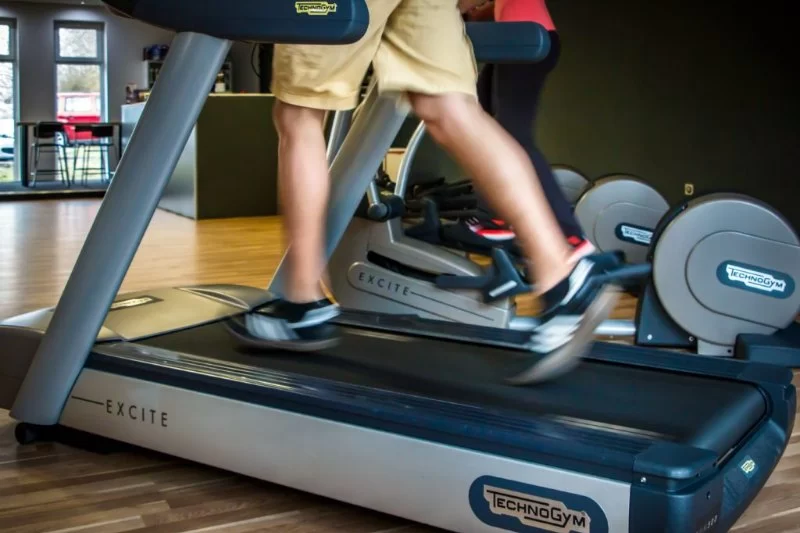





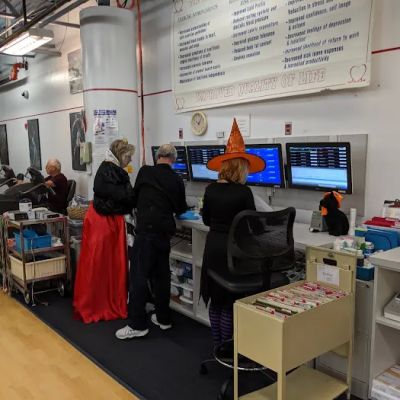



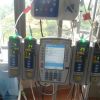


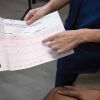



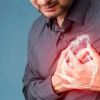



Deborah Heart and Lung Center
deborah heart and lung center
200 Trenton Rd, Browns Mills, NJ 08015, USA